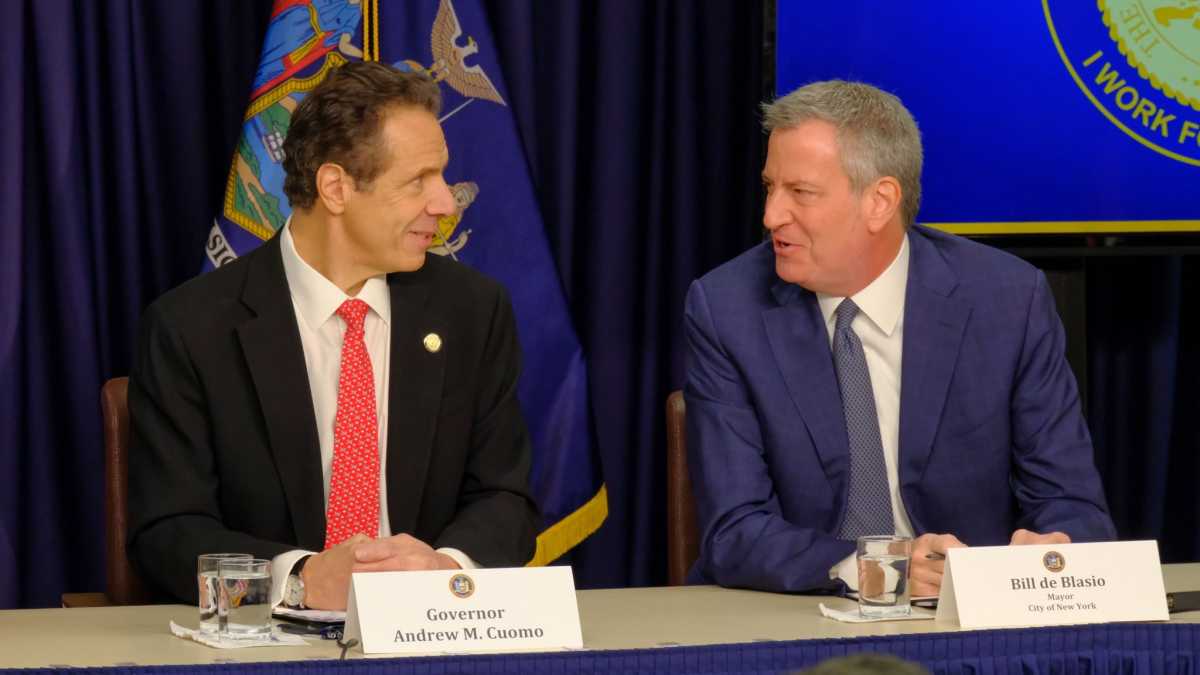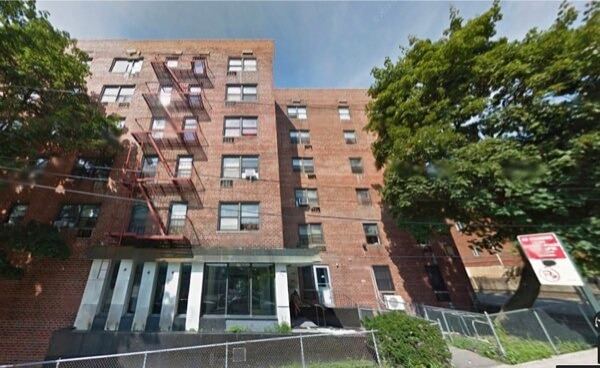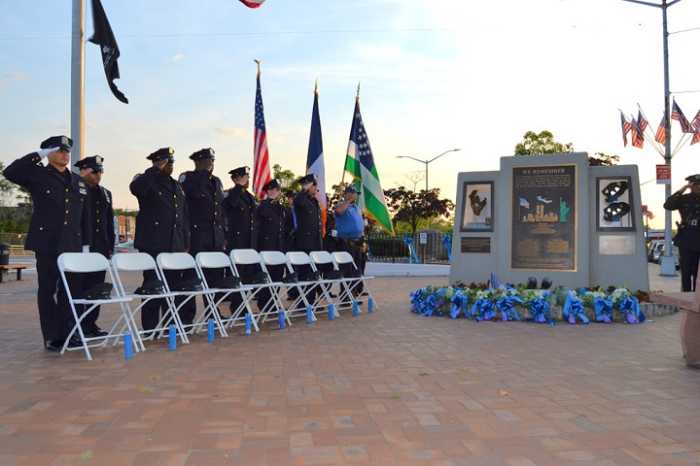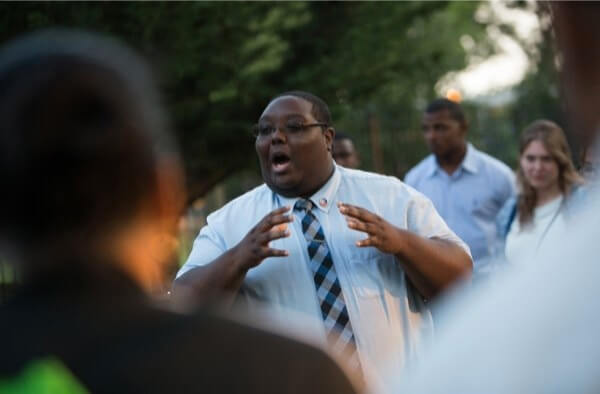BY ROSE ADAMS AND ROBERT POZARYCKI
In the wake of a bombshell report that the Cuomo administration allegedly held back data from state lawmakers and the federal Department of Justice about the COVID-19 death toll in New York state nursing homes, Mayor Bill de Blasio said Friday that New Yorkers “need a full accounting of what happened.”
Late on Thursday, Feb. 11, the New York Post reported that Secretary to the Governor Melissa DeRosa had apologized to Democratic lawmakers in Albany for withholding data about the pandemic death toll in nursing home facilities. DeRosa claimed Friday that the administration did comply with the federal government in providing the data to the Justice Department.
According to a recording of the virtual conversation that the Post obtained, DeRosa allegedly told the elected officials that the administration feared the data — which showed a higher number of nursing home deaths from COVID-19 — would have been used by the former Trump administration for political vendettas.
During his weekly appearance with Brian Lehrer on WNYC radio, de Blasio didn’t say very much when Lehrer asked about the Post report at the end of his “Ask the Mayor” appearance. However, the mayor remarked that the report was “really disturbing” and “very troubling.”
De Blasio seemed to call for further inquiry into the matter.
“We’ve got to know more. We need a full accounting of what happened” de Blasio told Lehrer. “Think about the seniors. Their lives were hanging in the balance and the families were just desperate to get them help. We need to find out what happened to make sure that it never happens again.”
Shortly after de Blasio’s appearance, the governor’s office released a statement from DeRosa offering her explanation for what happened. She insisted that the administration had been “comprehensive and transparent” in responding to the Justice Department, and that the delay of providing nursing home death data to state lawmakers was a result of bad timing.
“I was explaining that when we received the DOJ (Department of Justice) inquiry, we needed to temporarily set aside the Legislature’s request to deal with the federal request first. We informed the houses of this at the time. We were comprehensive and transparent in our responses to the DOJ, and then had to immediately focus our resources on the second wave and vaccine rollout,” DeRosa said. “As I said on a call with legislators, we could not fulfill their request as quickly as anyone would have liked. But we are committed to being better partners going forward as we share the same goal of keeping New Yorkers as healthy as possible during the pandemic.”
In recent months, Governor Andrew Cuomo had taken flak, particularly from political opponents, over COVID-19 fatalities at nursing homes during the height of the pandemic.
However, an independent investigation by state Attorney General Letitia James found that the Cuomo administration had undercounted COVID-19 deaths at nursing home facilities; nursing home operators were also found at fault for not following proper medical protocols to protect patients and staff.
The updated count was quietly published on the state Department of Health’s website on Feb. 6 after a judge ruled that the state had to release all nursing home data in response to a Freedom of Information Law request submitted by the Empire Center for Public Policy, an Albany-based think tank.
To comply with the ruling, the state updated its list of COVID-19 deaths at long-term care facilities to include the number of residents who died outside the facility, such as in a local hospital. Previously, the state had only published the number of confirmed and presumed deaths onsite.
The inclusion of out-of-facility fatalities raised the total death toll 63 percent higher than it had been just 10 days before, and particularly boosted the death count at adult homes. Unlike nursing homes, which can provide intensive medical care, assisted living facilities and adult homes have fewer medical resources, meaning that most residents with life-threatening COVID-19 symptoms are sent to the hospital.
This story first appeared on amny.com.




































